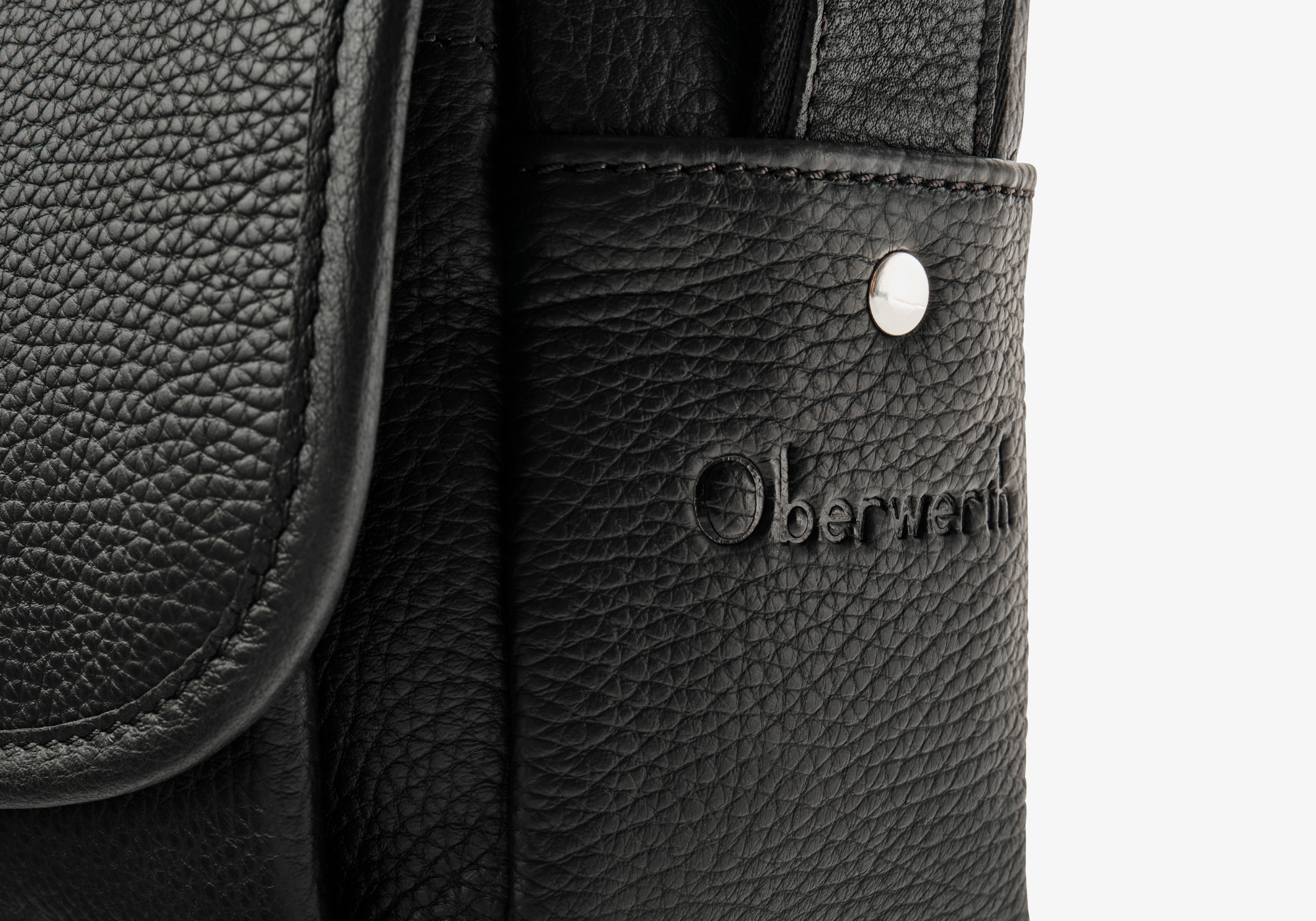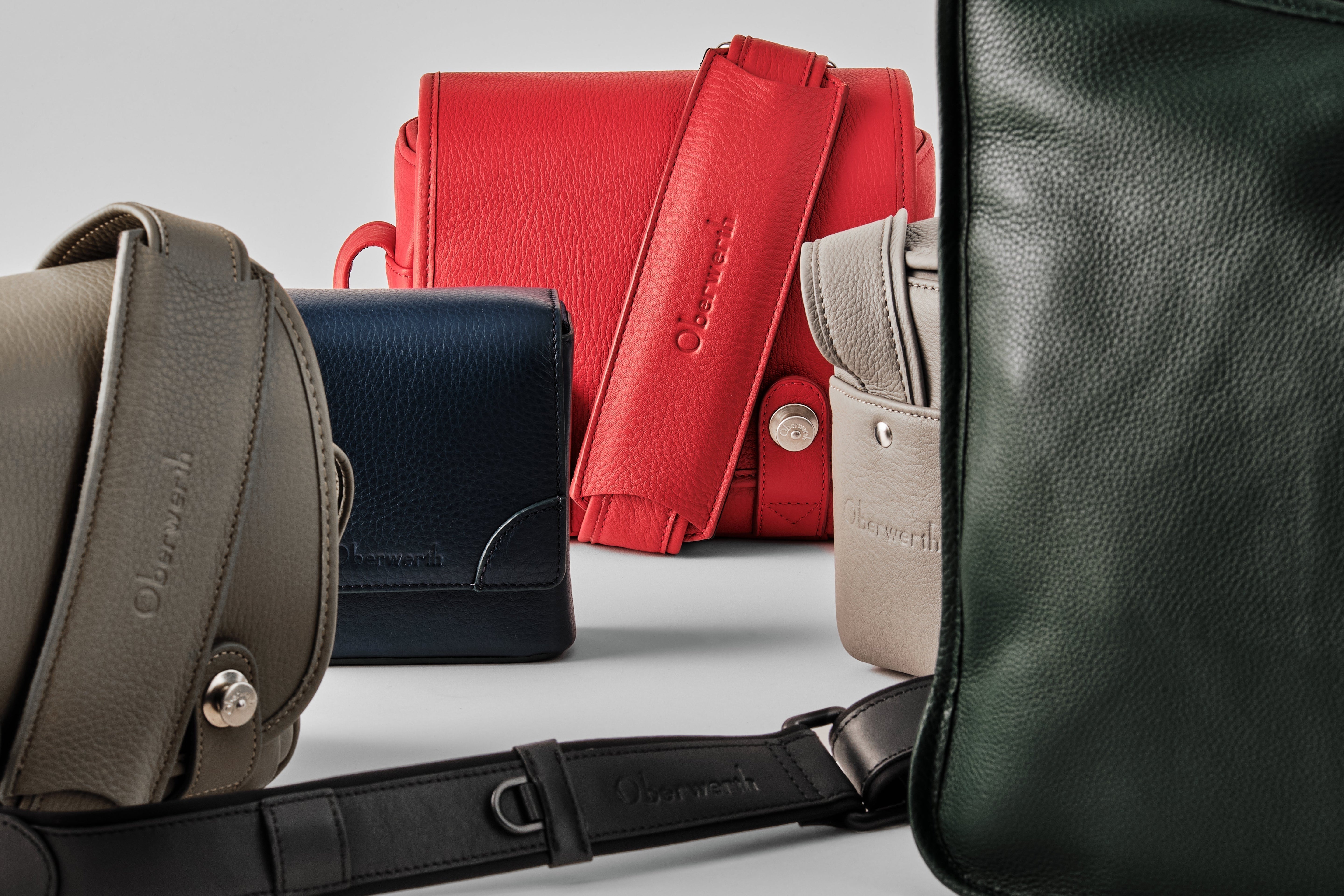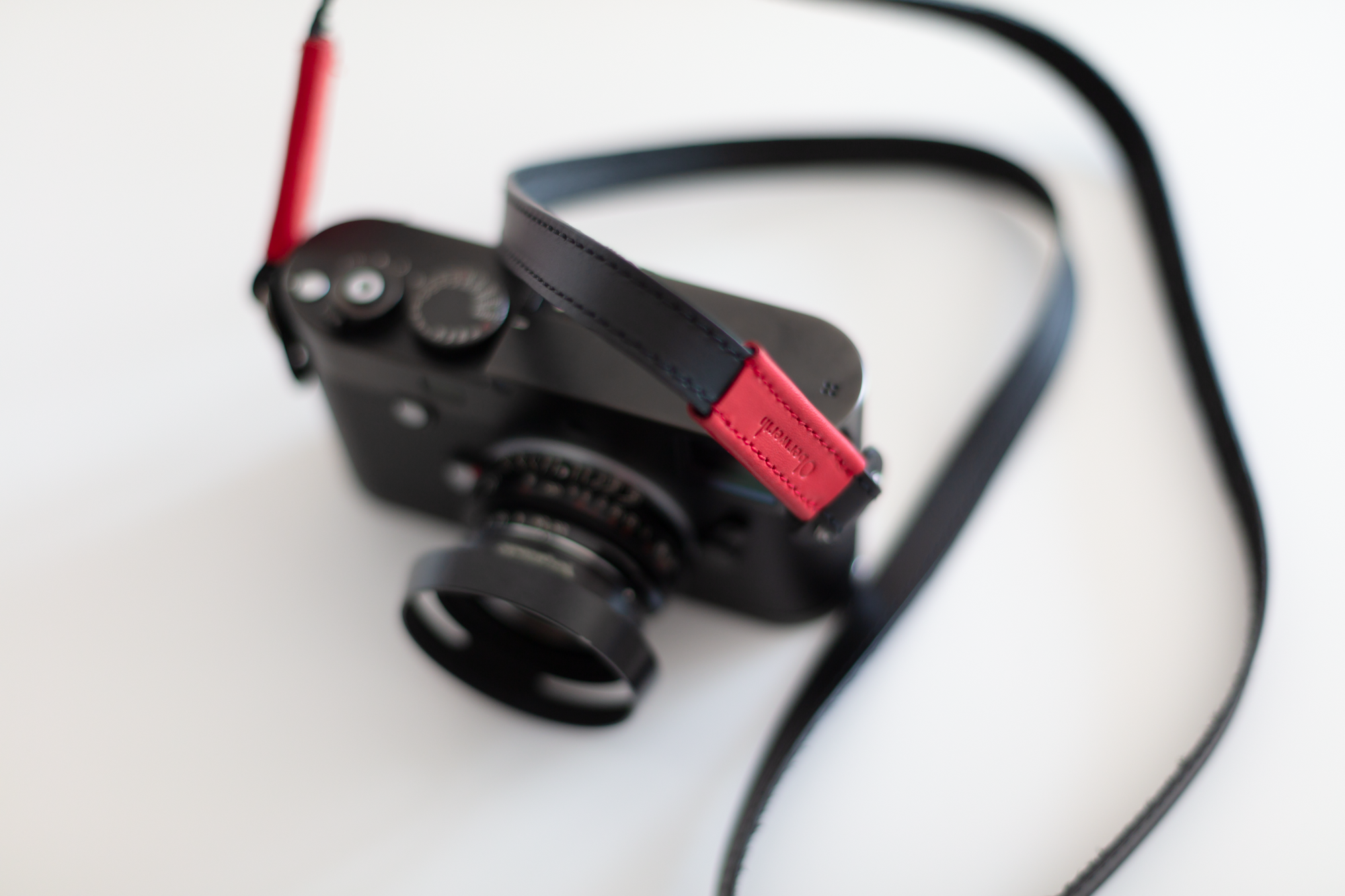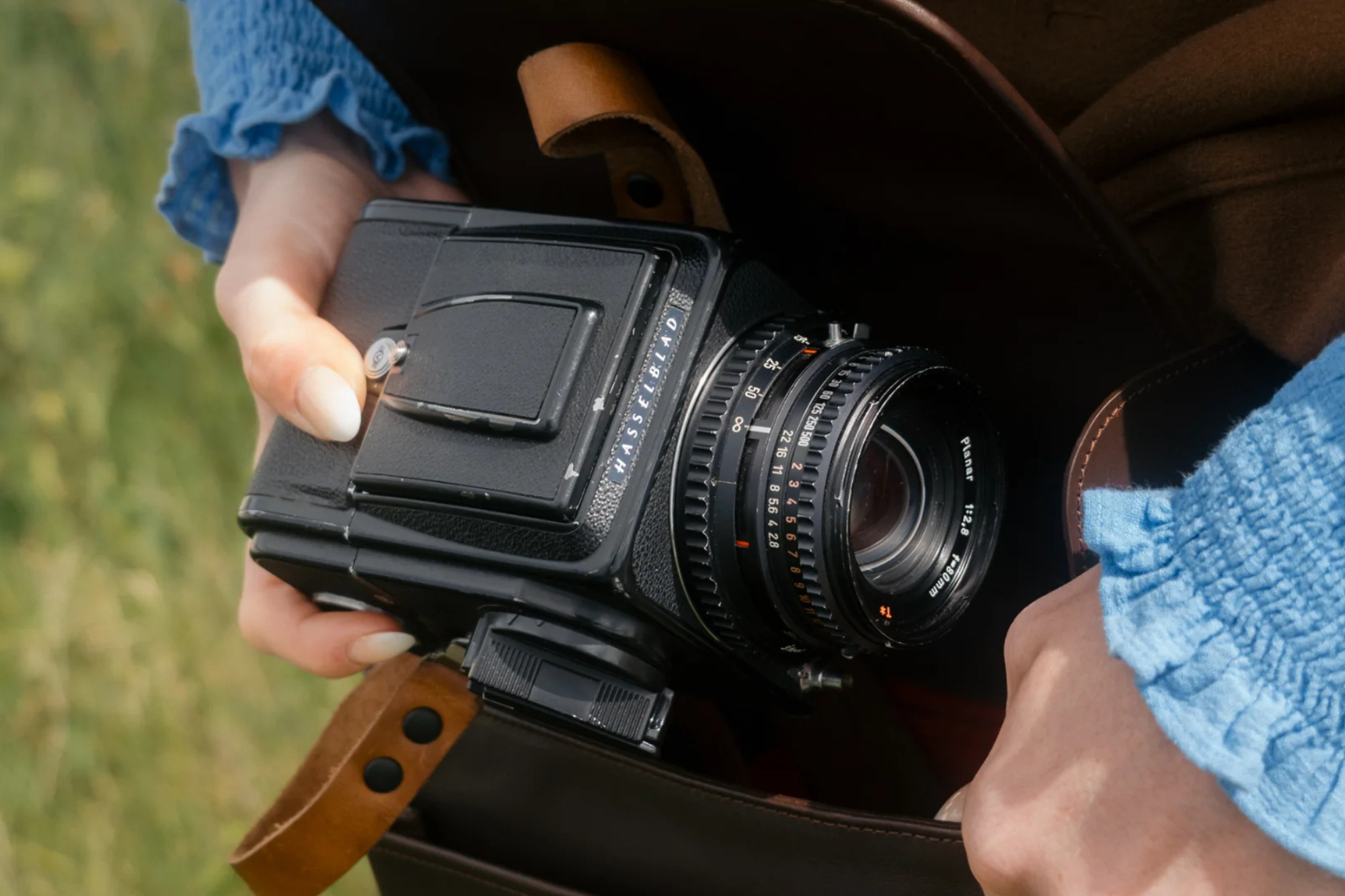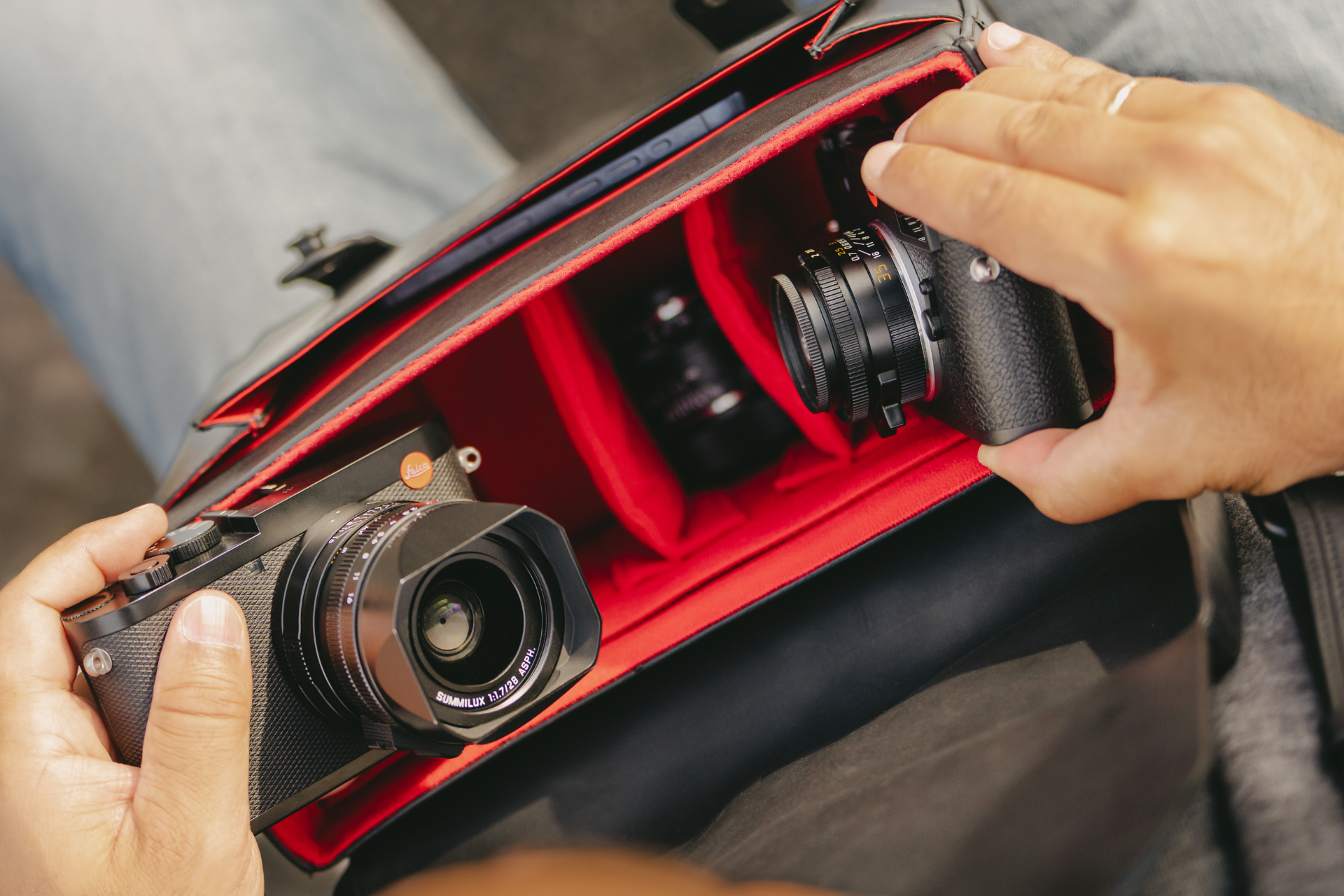
Leather vs. synthetic lining for camera bags: Scratch and dust resistance
A camera bag has to be able to do a lot: It should sit comfortably even on long trips, match your outfit in the city as well as for landscape photography, and so on and so forth... However, anyone who enjoys taking photos and has good and therefore expensive equipment will be particularly interested in one key aspect of the camera bag: The safety of the camera equipment stored and transported in it. High demands are therefore placed on the stability and padding of the material used, but the inner lining of the camera bag should also be tailored to the valuable items being transported in it. Two aspects are particularly important here: the scratch resistance of the material of the camera bag lining and its ability to keep out dust and dirt. In this comparison, we take a closer look at leather and synthetic materials such as microfiber and velour.

Leather: a natural all-rounder in terms of scratch resistance and durability
Let's start with the classic - leather. High-quality full-grain leather is known for its impressive durability. It is robust, can withstand a lot and develops a characteristic patina over time, which underlines the charm of the material. A leather lining is no exception: it creates a firm, protective cover around the camera that hardly shows any scratches, even with the most intensive use. The material is thick enough to repel sharp objects, and its naturally soft and yielding structure ensures that small impacts or friction leave no visible marks.
Like our skin, leather also needs to be cared for, but such care is kept to an absolute minimum with leather inner material, as it does not usually come into contact with sunlight or water, nor with heavy rubbing and wear. If you always make sure that your camera and equipment are well cleaned before storing them in the camera bag with leather lining, you will rarely need to clean and care for it.
If you value an interior that reliably protects your camera and lenses, you should opt for high-quality leather. A compact bag with a velvety-soft but robust inner lining offers maximum protection for sensitive equipment and retains its shape for years.
However, for some people, especially those who are vegan, the fact that leather is an animal product is an exclusion criterion. In such cases, alternative imitation leather such as sustainable rhubarb leather can be used or synthetic fabrics can be chosen.
Microfiber and suede in detail: sensitivity and care
Compared to the natural product leather, a synthetic lining made of microfiber or velour can sometimes offer less protection against scratches on the lens or camera, but they have their own advantages. Such materials are often perceived as particularly soft and have a pleasantly soft feel. Velour lining, with its velvety charm, is stylish but can be more sensitive - especially if it is not regularly cared for. This is because it is particularly susceptible to dust and dirt, which can easily stick to its roughened surface. Finer particles in particular are difficult to remove afterwards, especially from the corners of an often complex and intricate interior. Due to the sensitivity of the material, care should also be taken during cleaning to avoid damaging the velour.
Particularly in the case of intricately structured bags, it is worth having an interior that gives dust and dirt hardly any chance. Camera bags with smooth leather allow particles to simply roll off and protect the camera from micro-scratches and deposits, even with daily use.
Microfiber linings are probably the most commonly used interior material for camera bags. Their smooth texture is pleasant to the touch and provides a classy look. However, their surface is more susceptible to scratches if keys or other sharp objects in the bag come into contact with the microfiber surface. This means that if you want to store your camera safely, you should be careful what ends up inside the camera bag.

Dust risks for the sensor: why the inner lining is crucial
An often underestimated issue when choosing the inner material of a camera bag is dust protection. Dust particles that accumulate inside are not only unsightly, but can also get into the lens or the inside of the camera - with undesirable consequences: The risk of dust getting into the camera lens and onto the sensor, which in the worst case can lead to unwanted stains on photos. Although the finest dust enters the interior of the camera every time the lens is changed and can therefore get onto the sensor, the risk of additional soiling increases if the camera is taken out of a dusty camera bag. In such a case, the camera must be cleaned afterwards.
This is where the advantage of leather becomes apparent: it is less porous and dust does not adhere so easily to its surface. This makes cleaning easier and helps to keep dust away effectively. Microfiber or velour linings, on the other hand, are more likely to catch dust - the small particles can get stuck and this requires regular, careful cleaning to keep the equipment in shape.
Conclusion: Which is the better choice?
If you have to choose between different designs and materials for the inner lining of your camera bag, you should first and foremost be clear about your own requirements. If you use your camera a lot, travel a lot and want to invest in a particularly durable product, leather may be the better choice. It is more robust and durable, but often more expensive to purchase. However, one clear advantage of leather is that dust and dirt adhere less easily to its surface, meaning that the bag and camera need to be cleaned less often. If the scratch resistance of the material of the camera bag lining is particularly important to you, it is also better to choose leather.
In terms of design and feel, synthetic materials such as velour and microfiber can also score points, as they are particularly soft to handle and can create a beautiful, velvety look. Over time, however, they tend to collect dust and dirt, so they need to be cleaned more frequently. Those who opt for these more delicate synthetic materials should also take particular care when handling sharp objects, which can quickly damage the sensitive inner lining.
For those looking for uncompromising protection and a sophisticated design, a hydro-leather bag with a padded interior is the most durable choice. It combines natural resilience with a fine feel - a safe environment for technology and style in equal measure.








